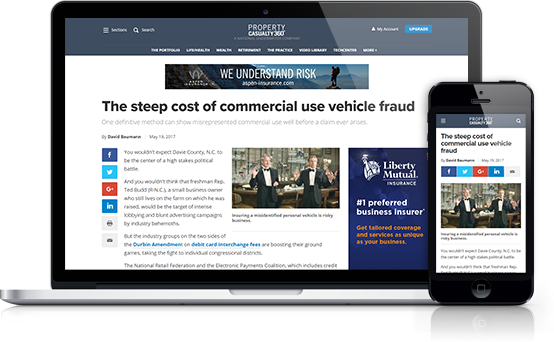Insurance companies of all types and sizes generate data each minute, hour and day. Everyone—including executives, departmental decision makers, underwriters, claims adjusters and call center workers—hopes to learn things from collected data that can help them make better decisions, take smarter actions and operate more efficiently.
But the real challenge begins when companies begin extracting meaningful insights from this explosion of data. Determining how to take advantage of all this data to price better, expand markets and improve underwriting risk and handing claims. Fortunately, the science of extracting insight from data is constantly evolving. Regardless of how much data you have, one of the best ways to discern important relationships is through data visualization.
Data visualization, where information is presented in a pictorial or graphical format, is helping insurance professionals see things that were not obvious to them before. Insurance companies analyze historical data—which includes information from policy administration solutions, underwriting applications and billing systems—to forecast and predict future losses.
Recommended For You
Want to continue reading?
Become a Free PropertyCasualty360 Digital Reader
Your access to unlimited PropertyCasualty360 content isn’t changing.
Once you are an ALM digital member, you’ll receive:
- Breaking insurance news and analysis, on-site and via our newsletters and custom alerts
- Weekly Insurance Speak podcast featuring exclusive interviews with industry leaders
- Educational webcasts, white papers, and ebooks from industry thought leaders
- Critical converage of the employee benefits and financial advisory markets on our other ALM sites, BenefitsPRO and ThinkAdvisor
Already have an account? Sign In Now
© 2025 ALM Global, LLC, All Rights Reserved. Request academic re-use from www.copyright.com. All other uses, submit a request to [email protected]. For more information visit Asset & Logo Licensing.








